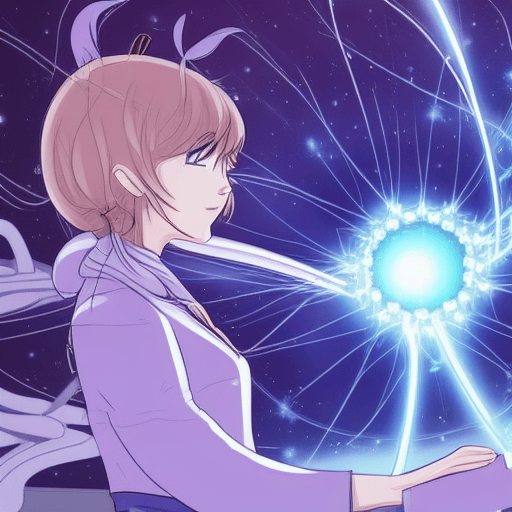These machines could revolutionize healthcare, finance, and manufacturing, or even provide insight into reality itself.
For now, the applications are mostly theoretical. But as Qubits become more powerful, the possibilities are endless.
Even so people talk about the impending quantum winter, or the collapse of the quantum computing market. However, in Rosella’s world, this never happens fully. Just as the markets always have their difficulties, quantum computing will have its own ebbs and flows.
While it’s true that the current state of quantum computing cannot take direct advantage of Moore’s Law. There’s an indirect advantage associated with innovation.
Moore’s Law is less about the exponential nature of computing but the innovative reality of the human intellect against a challenge.
Currently, quantum computing has two major problems that are intertwined with each other, like two particles entangled. One is the practical nature of the substrate being used, and the second is the duplicative scalability of the substrate.
At present Qubit technology requires either absolute zero or near absolute zero for the quantum states, and to compensate for the short computational life span, the quantum error correction requires a vast quantity of Qubits. The constraint of temperature makes the second half expensive and bulky.
While recent a breakthrough in light Qubits allows for “stable room temperature”, the problem this new technology is one of calculation speed. It’s much slower than current absolute zero versions.
Like all things in technology, new innovations come as the result of fits and failures.
The same is true for Rosella’s future world when a monumental breakthrough in the Qubit occurred in a university laboratory in Japan. Japan was still one of the few nations still in pursuit of quantum computing. With many first world nations and major corporations dropping out years prior due to lack of commercial results.
Dr. Chiaki Tsukiyama, as a doctoral student, discovered purely by accident a substrate of material whose properties were unique enough to allow for room-temperature high speed computation of a Qubit. It had a relative permitivity of one like gold and copper, but a relative magnetic permeability of 1.041 giving it an electronic speed or velocity of 98% that of the speed of light in a vacuum. She called the material asagaoite after her favorite Japanese love story.
Thus, the material allowed her to read the quantum state of each individual electron flowing at near the speed of light. Once the material was arranged into a standard Qubit configuration, she had a cheap and affordable Qubit. Thus, solving two of the major problems of Qubits- temperatures for high-speed calculations, and affordable scalability for quantum error correction.
The results would win her a Nobel Prize in Physics and set the world on fire again for the development of the quantum computer and all its promises.
Click here to go to the Rosella Tolfree Website and read more posts.



